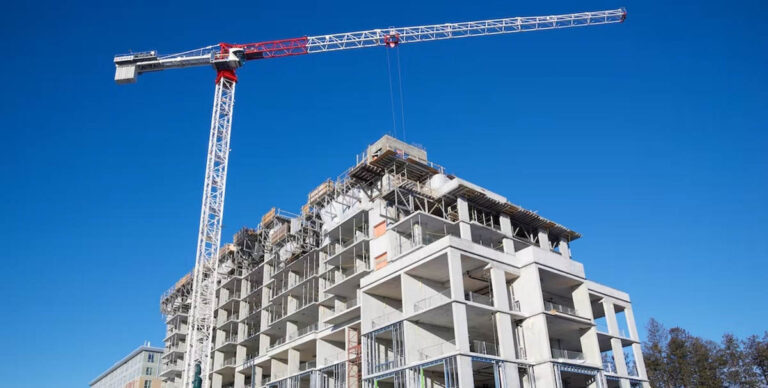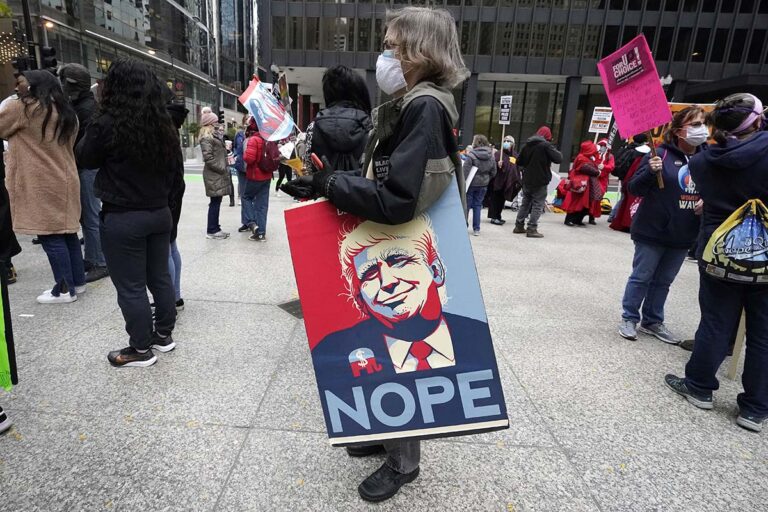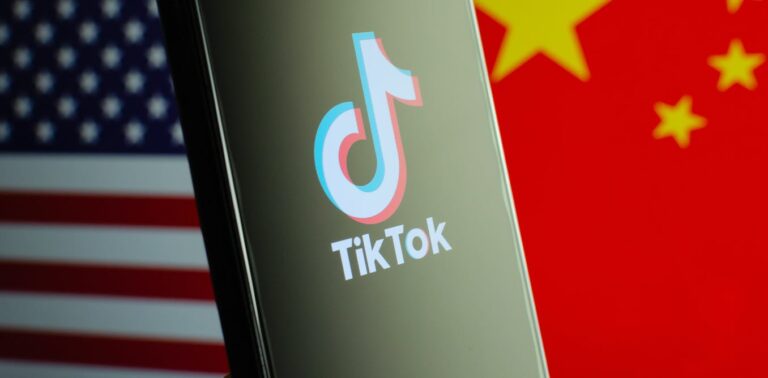Ontario’s Growth Plan is reducing housing affordability

Written by Frank Clayton, Toronto Metropolitan University. Photo credit (Shutterstock). Originally published in The Conversation. A building under construction in Toronto. According to Canada’s national housing agency, Ontario needs to build 1.8 million new homes to alleviate the housing crisis. Few Ontario…








